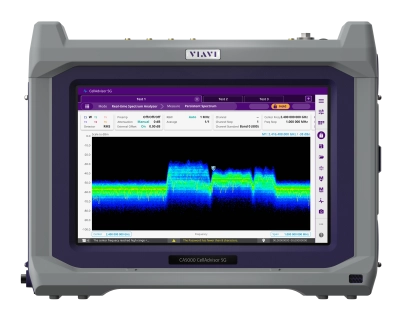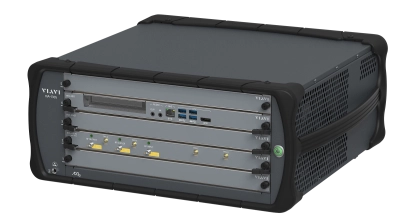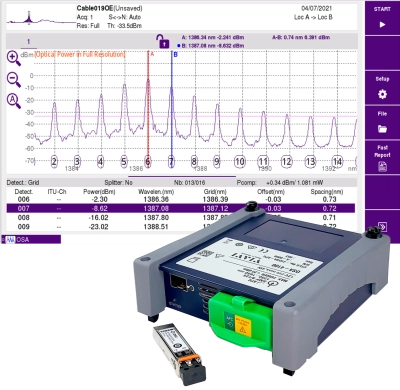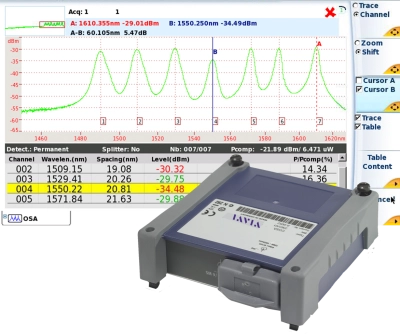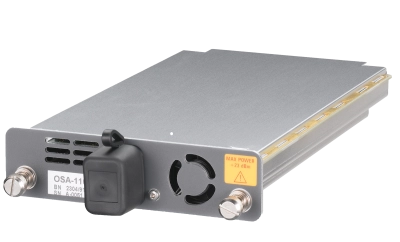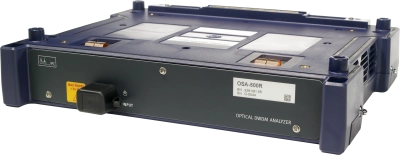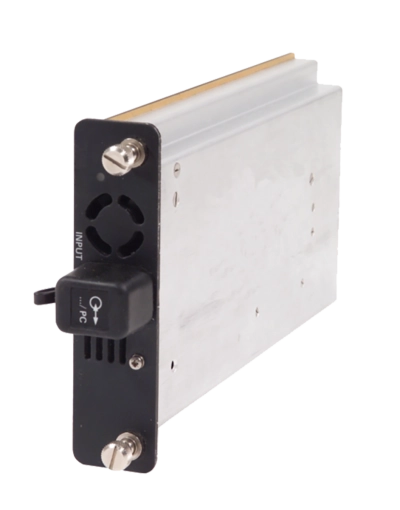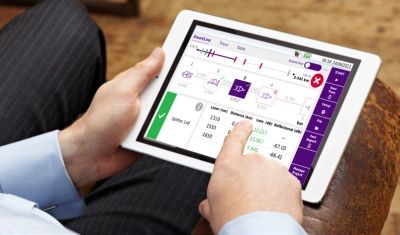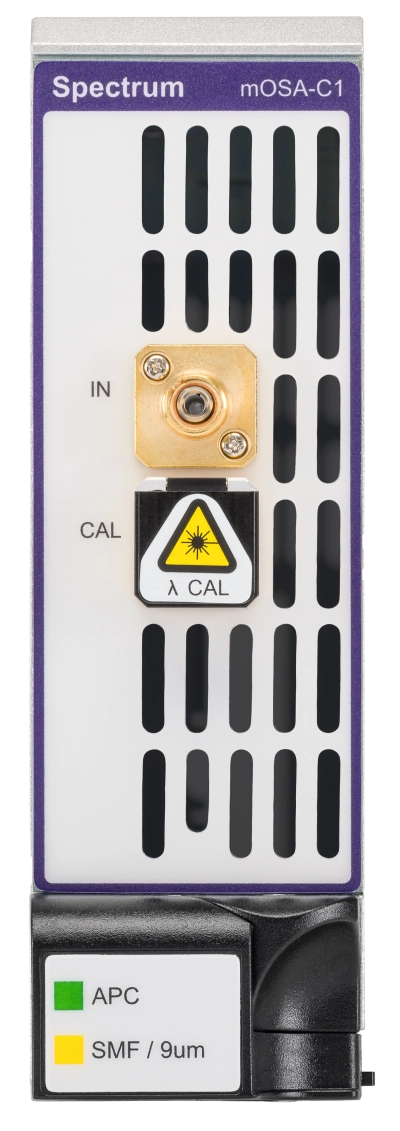Spectrum Analyzers
The Best Portable Suite on the Market
For over 50 years, the spectrum analyzer has served as a necessary analysis and measurement tool for nearly all forms of radio and fiber optic communication. By quantifying signal behavior of frequencies, spectrum analysis creates the visibility required to unlock the potential of 5G wireless network infrastructures.
With an unwavering commitment to support emerging technologies and customer satisfaction, VIAVI has created an industry-leading portfolio of RF and optical spectrum analyzers and accessories at various price tiers. Ruggedized, integrated spectrum analysis tools have extended superior precision and feature sets from the lab to the field.
The VIAVI portfolio of RF and optical spectrum analyzers exemplify and accelerate this evolution. Ruggedized, 5G-ready portable models and purpose-built solutions for every shielding, WiFi, and optical system application unlock the full potential of today’s technology and bring invisible interference and performance data into the light.
Brochures
Support at Every Step
We provide support, services, comprehensive training and the resources you need. It’s all part of what we do to maximize the value of your VIAVI investment.
Ask an Expert
Contact us for more information or to receive a price quote. We have the experts to give you the right answer on any of your questions.


